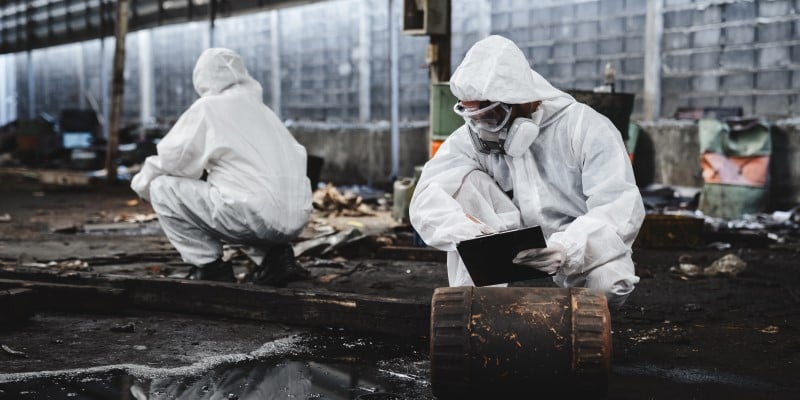Instances of nuclear leaks on a global scale are extremely rare, but following the devastating tsunami that struck Japan in 2011 engineers have struggled to contain radioactive material. Toxic isotope Strontium-90 has been found in groundwater at Japan’s Fukushima nuclear plant at 30 times the legal rate.
Thankfully, the isotope has been quickly identified and nearby seawater appears to be unaffected. However, the incident highlights the stark need for thorough training of both staff working in nuclear facilities and the first responders called to any emergency. Situations such as this can be difficult to prepare for and when a fast and wide-reaching response is required, organisations are often at the limit of their resources.
Training, using simulation equipment that mimics real life detectors, offers a range of unique advantages. Proven in a number of fields such as medicine and sport, there are visible correlations in improved performance when simulated training has taken place. I.L Goldstein, in the Annual Review of Psychology (1980), described simulation training as, “…the systematic acquisition of attitudes, concepts, knowledge, rules, or skills that should result in improved performance”.
Our simulators are used across a wide range of industries, including civil nuclear. All Argon Electronics’ simulators are exact replicas of some of the most widely used CBRN detection devices in the world. We work closely with manufacturers such as Thermo Scientific, Proengin and Smiths Detection to produce simulators that generate readings and alarms when triggered by signals from, for example, our PlumeSIM training software. These simulated exercises can be extremely realistic – to the point where students often forget that they are taking part in a training exercise.
It is also important to consider the importance of retraining under different scenarios. Our PlumeSIM system enables students to be put through bespoke training each and every time with variations in weather conditions, the type of agents simulated and the spread of radioactive material.
Preparing for nuclear incidents will always be challenging but the radioactive simulation tools we have available ensure that the detection and subsequent clean up of a real life disaster will take place as quickly, efficiently and safely as possible.
You can read the full sory here.





